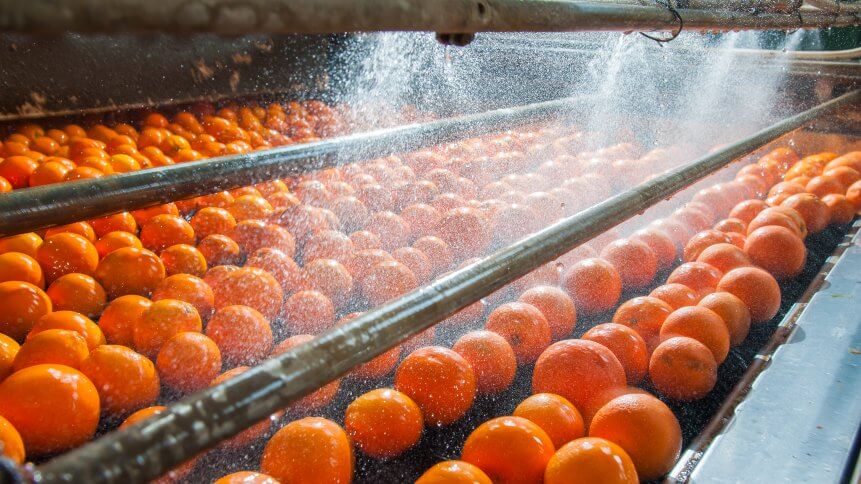How is AI being used in the food industry

Being the oldest and most important industry in the world, the food industry stands as a foundation for almost every economy worldwide. In 2019, e-commerce revenue alone for food & beverages is tipped to hit US$108 million, according to Statista.
But despite its digital marketing growing, the food industry is one of a constantly changing nature, easily impacted by external forces such as climate, season, weather, disease, political stability and legislation, to name just some.
The industry’s uncertain nature, coupled with its emphatic importance, has led researchers to explore how technology can optimize the food supply chain, all the way from the fields to our plates.
AI the food industry
Acting on vast pools of data collected through a multitude of endpoints, artificial intelligence (AI) is equipping the food industry with more potential than ever to enhance its supply-chain efficiency. From sensors attached to agricultural machinery, aerial imagery, to crop yield figures, the technology can feed off a variety of information to identify where processes can be improved.
# 1 | Harvest
Traditionally, farmers have been the ones tending to the field, but with fewer people entering the industry nowadays, low workforce is gradually becoming a big threat to the industry.
The vacancies are now being filled by robot harvesters. Equipped with cameras, sensors, claws and a computing device, these robots scan and pick crop yields faster than a human could and it could go on for hours without taking a break, like the Harvest CROO’s Berry 5 strawberry picker; which engineers claim can cover eight acres of harvesting every day and replace 30 workers in the field.
Soil monitoring is also another important aspect that researchers look to address. Poor soil quality due to erosion affects food quality and the economy in whole– with an estimated cost of US$ 44.39 billion in losses every year. Plant diseases on the other hand account to 42 percent of loss in the global food production– a wastage that we soon cannot afford.
To make it easier for farmers to analyze the quality of soil and detect defects in their plants, PEAT, a tech startup from Germany introduced Plantix– an app that can tell the type of disease affecting crops and the soil quality with just pictures from a smartphone. Plantix works by using ML to analyze the pictures and provide accurate results for farmers to quickly take action.
# 2 | Production
Production process begins by first sorting out the produce in sorting facilities. Previously this was done by hand, now most facilities already have some form of automation in place for this.
Older sorting machines sorted produce based on “good” and “bad”. But by using AI, ML and other equipment like near-infrared (NIR) sensors, x-rays and lasers, Tomra – a food sorting technology company created a system that optimizes the use of every produce.
According to Tomra, their sorting technology saves 5-10 percent of produce by reducing the probability of them being thrown out by mistake.
Cleanliness cannot be ignored either, especially in restaurants. As humans can transfer diseases simply by a cough, it’s important for food handlers to wear masks, hair nets and gloves all the time. One company that’s helping enforce this is KanKan of China, where it recently provided AI cameras to Shanghai’s municipal health agency. These cameras detect faults such as not wearing gloves, or improper hair net use and flag them for supervisors to take action.
# 3 | Consumer
When processed foodstuff enter supermarkets, there could be more defects caused by shipping mishaps or improper storage conditions. Miscalculating stocks also make grocers spend excessively, resulting in waste at the end of the day.
AI can help address issues like these too by forecasting shopping habits and predicting what to restock next. This could help grocers reduce wasting and also help them plan their inventories better.
YOU MIGHT LIKE

How pop up retail will revitalize physical commerce
Afresh Technologies, a startup based in San Francisco created a software that can help grocers do just that. Using AI, the software helps grocers optimize their fresh food stocking for all food items in their stores by predicting what’s selling quick, and what needs to be restocked next– including meats and baked goods. It’s still in pilot stages and the company plans to work on a tablet-based app to make it easier for grocers.









